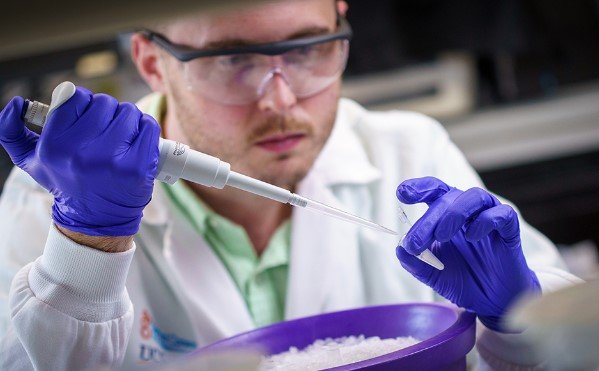A Leap Forward in Wound Healing: The Hydrogel Revolution

In a groundbreaking development, researchers have unveiled a new hydrogel capable of combating antibacterial resistance, a significant concern in wound care. This innovative material not only fights off infection but also supports the growth of new cells, marking a substantial advancement in medical treatments for wounds.
The hydrogel, infused with the amino acid polylysine, exhibits natural antibiotic properties without the risk of fostering antibiotic resistance. Its robust structure allows it to expand within the wound, providing a durable solution that remains effective even when subjected to external pressures such as clothing or bedding.

The Science Behind the Breakthrough
The creation of this hydrogel represents a synthesis of biology and engineering. By incorporating polylysine and platelet-rich blood plasma, the researchers have formulated a hydrogel that releases growth factors, encouraging the proliferation of healthy cells.
Tests have shown that this hydrogel effectively damages bacterial cell membranes, leading to the death of harmful bacteria while simultaneously fostering an environment conducive to cell viability and growth.
Implications for Future Treatments
The implications of this discovery are far-reaching. The hydrogel’s ability to naturally kill bacteria and promote cell growth could revolutionize the way we approach wound treatment, particularly for patients with conditions like diabetes, where wounds do not heal easily.
Key Benefits of the New Hydrogel
- Natural antibiotic properties
- Enhanced mechanical strength
- Promotes healthy cell growth
- Resilient to external forces
This innovation opens up new possibilities for treating wounds that are resistant to traditional methods, offering hope for faster, more effective healing.




